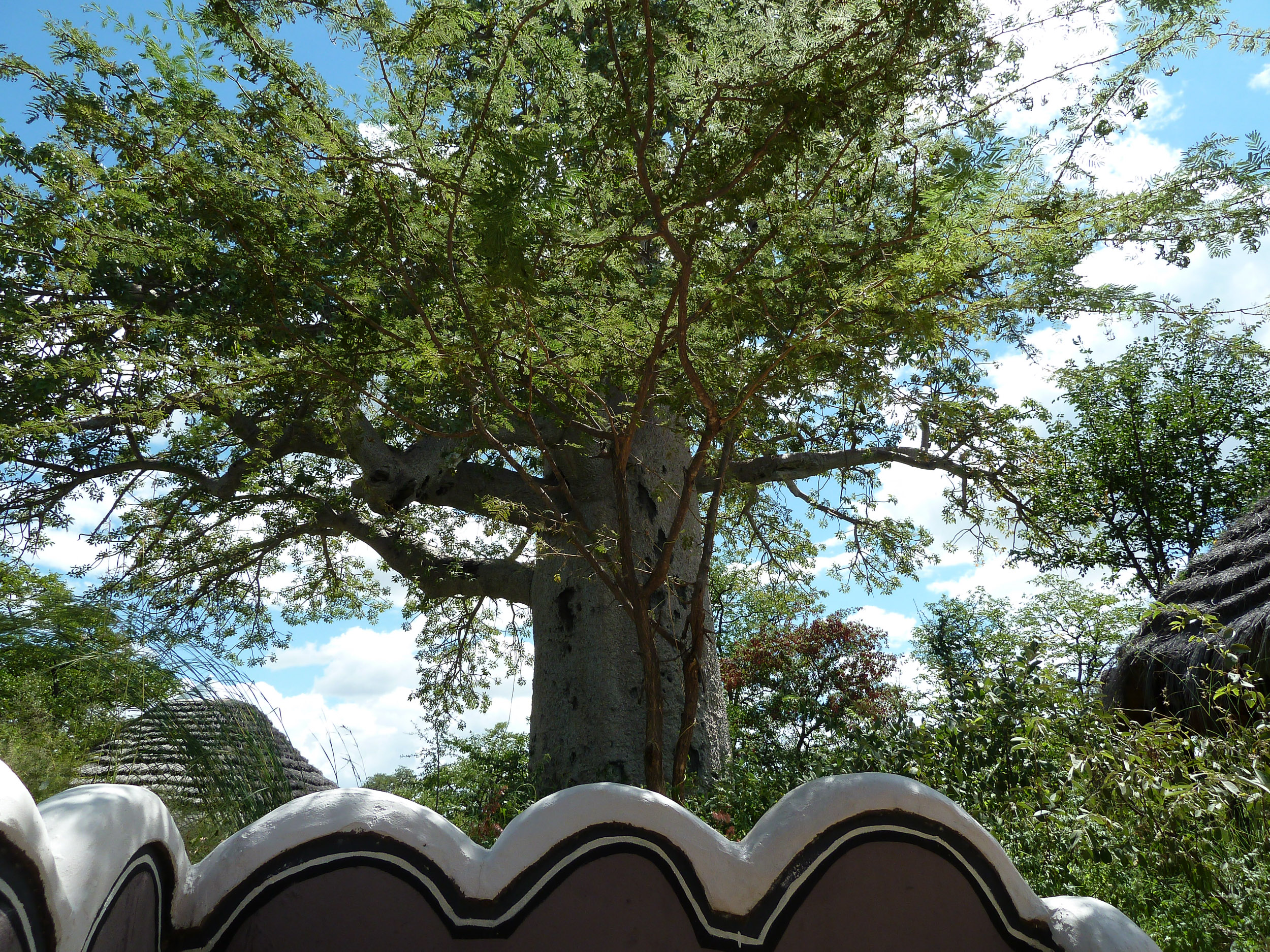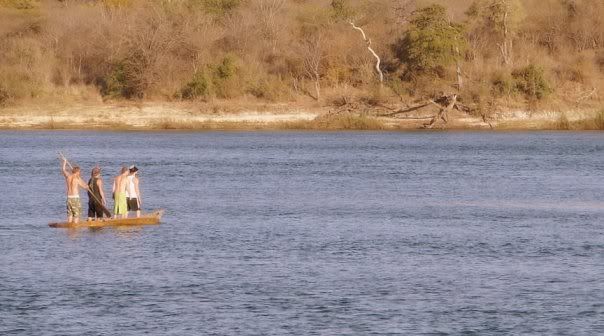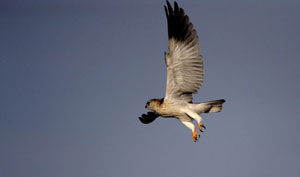
Along the west shore of Ntwetwe, which you reach from the Nata - Maun road, there are, elsewhere on this pan, numerous Stone Age sites.
Among them, in a hidden cleft, is a secret waterhole that seldom dries.
You'll find cattle at the waterhole, and sometimes game animals as well.

Around it are hunting blinds built of calcrete blocks, used by the San, who hid there to ambush game as it came down to drink.
Along the access route are stends of glorious aloes (Aloe littoralis) that bloom in winter and add a splash of colour to the landscape.
This whole region is one that can fill days with pleasure for those with a penchant for "beach walking", exploring and encountering the "non-game" wilderness at its pristine and unexploited best.

http://magicnamibia.blogspot.com
http://magicbotswana.blogspot.com
http://magicsouthafrica.blogspot.com
http://magicmadagascar.blogspot.com
http://magicmozambique.blogspot.com
http://magiadinamibia.blogspot.com
http://vagabondoinafrica.blogspot.com






















.jpg)





















